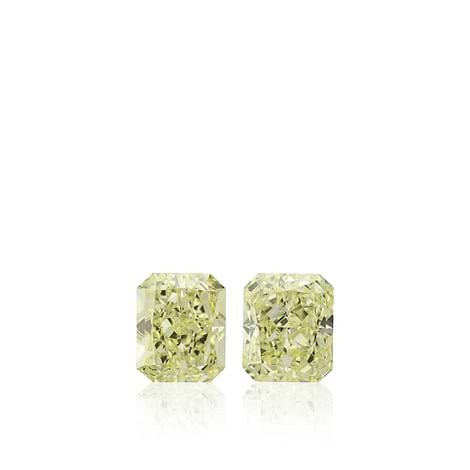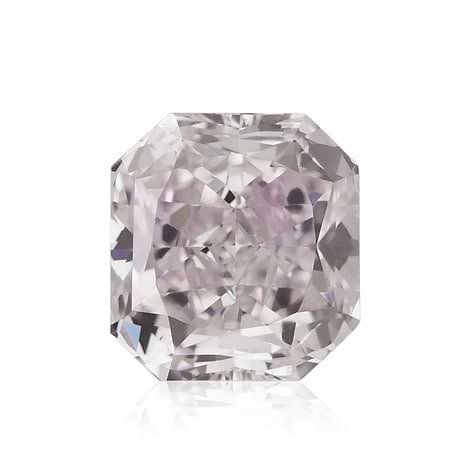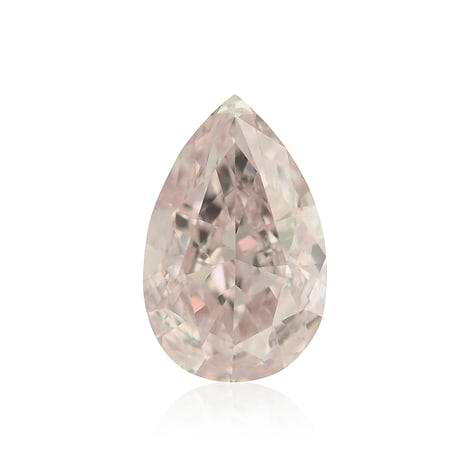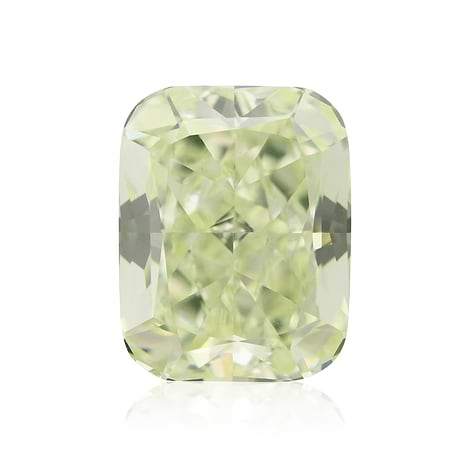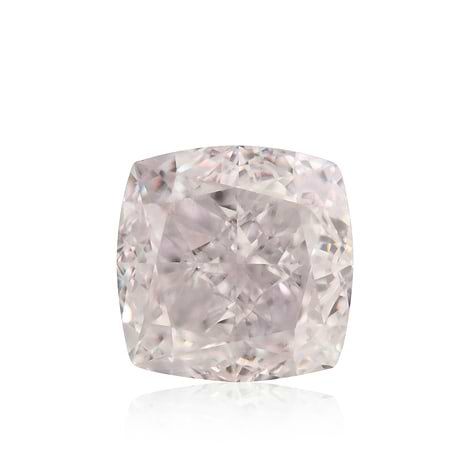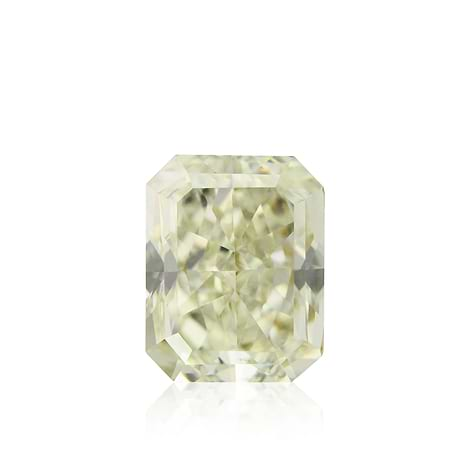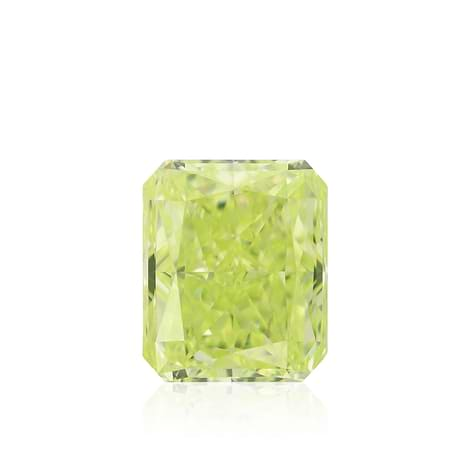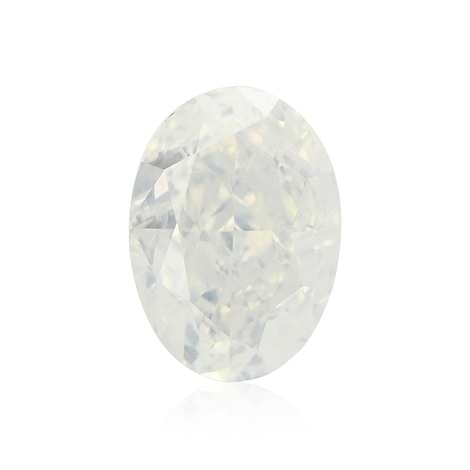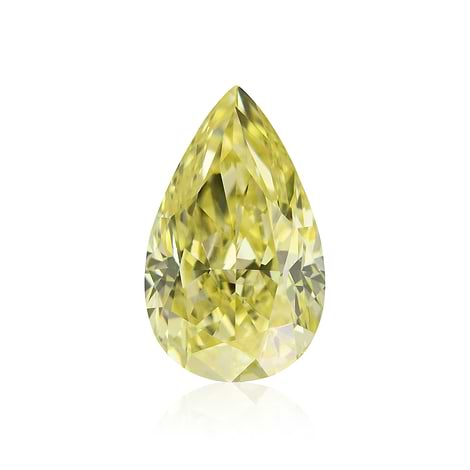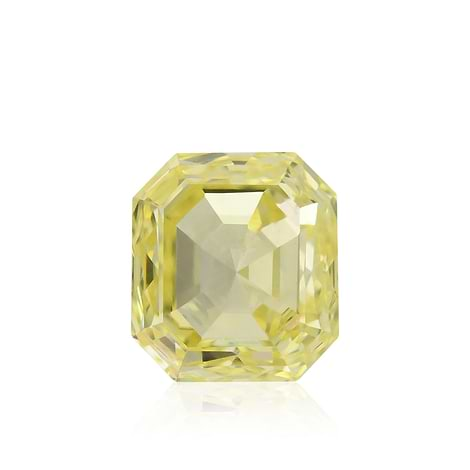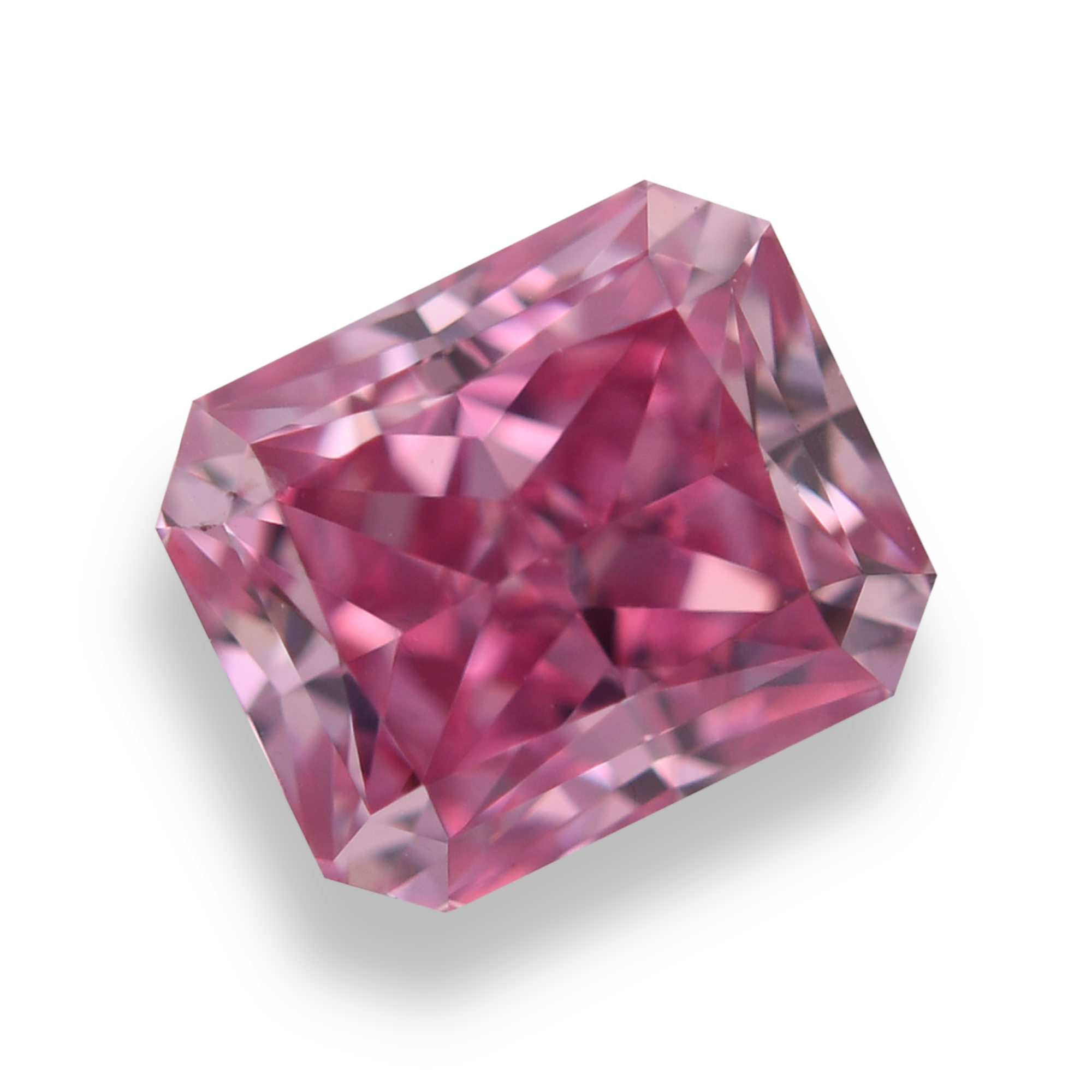The world in which we live is quite large, however, thanks to the diamond world, it becomes a whole lot smaller. This is because diamonds are only found in several primary locations around the globe, with many of the diamond supplies slowly dwindling as the years go by. Although South Africa has been a well-known industry player for quite some time, it has gradually declined in terms of the diamond-producing hierarchy. Interestingly Russia is the number one diamond producer for rough diamonds, which is especially intriguing given the fact that gem-quality diamonds were found by chance. Certain countries are well known for the amazing gemstones they find, but here we will take a look at the world’s top diamond producers and what the implications are for the rest of the diamond world.
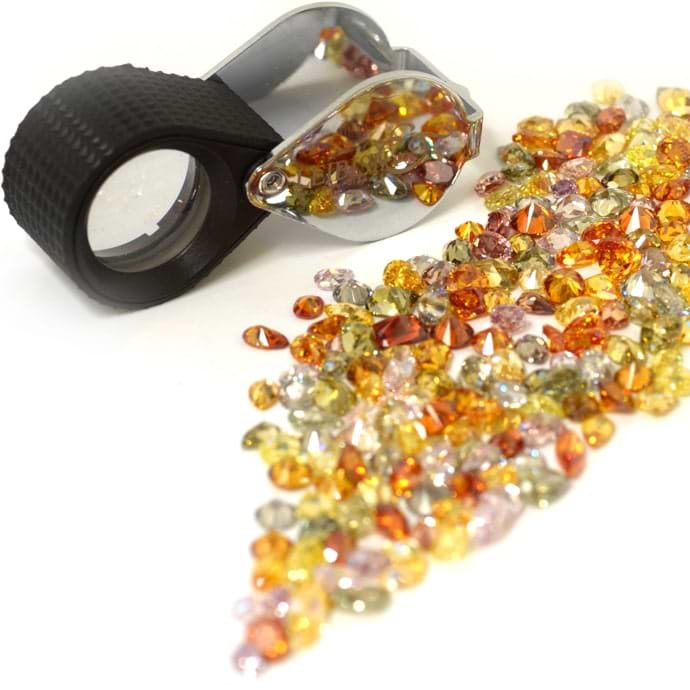
Multicolored diamonds sourced by Leibish
Northern Band Producers
Diamond producing countries can be divided into two main categories; northern band and southern band. The former category refers to countries located in the region of the northern band, one of the two main bands upon earth where diamonds are found. Both Russia and Canada, two of the world’s leading diamond producers, are included in this category due to their northern location. The search for diamonds in Russia only began in 1947 and was not originally conducted for financial gain, but rather, for industrial purposes. Stalin was in need of rough diamonds for industrial use, and given that De Beers was the primary diamond producer at the time he knew that he was dependent on them and was desperate to find diamonds in Russia and thus be rid of this dependence. Despite Russia’s enormous geographical size it is extremely impressive that it maintains over twelve operating open-pit mines and is therefore the world leader in the diamond production industry. The main miner in Russia is ALROSA, which basically has a monopoly on most of Russia’s diamond mines. Canada has been one of the top diamond producers for a while but has become even higher on the ladder of production over the past few years placing itself right after Russia and Botswana. Also located upon the northern band, Canada benefits from mines that produce high-quality diamonds. There are five large diamond mines in Canada with top-of-the-line infrastructure. Two of these mines are the newest world-class diamond mines in the world.

Natural black diamonds
Southern Band Producers
Diamond producers situated near the southern band include Botswana, the second leading diamond producer on the planet, Angola, Namibia, South Africa, and Australia. Since gaining independence from the UK in 1966, Botswana’s lucky streak continued with the discovery of the country’s first kimberlite pipe five months later. Shortly afterwards, additional pipes were found, quickly putting Botswana on the diamond mining map. This southern African country is home to the world’s richest diamond mines: Orapa and Jwaneng. Angola’s first diamonds were discovered in 1913 whereas they only gained independence from Portugal in 1975 followed by years of civil unrest. Nevertheless Angola has secured its spot as a leading diamond producer thanks to the interest and support of diamond giants such as Russian ALROSA and Australian Lucapa. South Africa has been a strong player in the diamond industry since 1866, and although it still has more than ten diamond-producing mines, it is not what it used to be in terms of diamond production. Another southern band producer is Namibia, which may produce less diamonds, but produces the highest value per carat. Most of Namibia’s diamonds are found in the ocean.
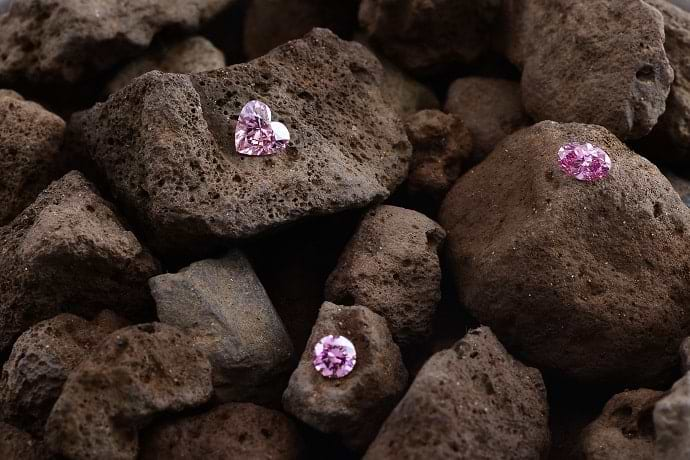
Argyle pink diamonds on display
Central Band Countries
While most diamond producers are based in countries in close proximity to the northern or southern bands, there are also producers located near the central band, which produce diamonds, albeit lower quality ones. These producers include those on the Ivory Coast, in Sierra Leone, and in Venezuela. The third largest diamond in the world was actually found in Sierra Leone. A 969.8-carat diamond named the Star of Sierra Leone was discovered in 1972.
The diamond industry is incredibly dynamic, from the prices that result from the shifts of supply and demand to the individual natural supply of every mine to the discovery of new mines and kimberlite locations every few years. This is why it is crucial to remain up to date with diamond news because every new producer is a new player in the industry and can affect how and in which manner diamonds are obtained, traded, and sold.
